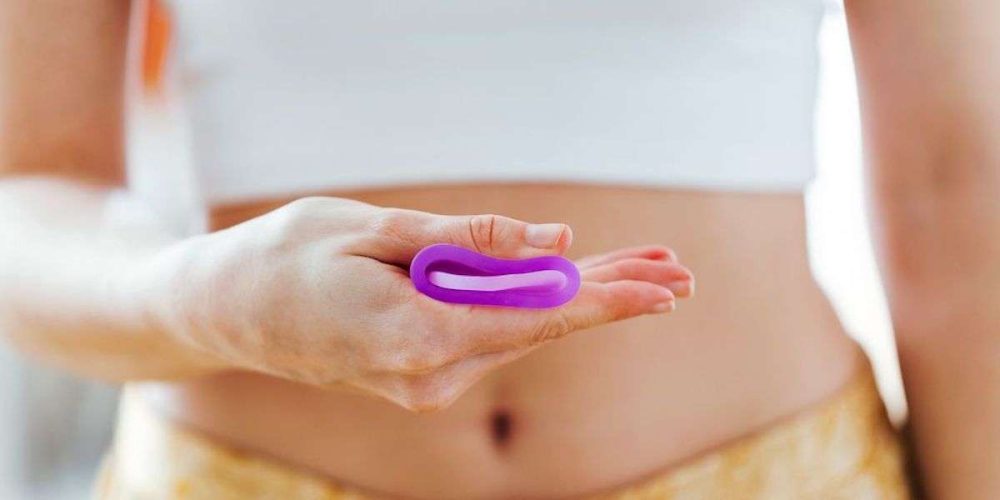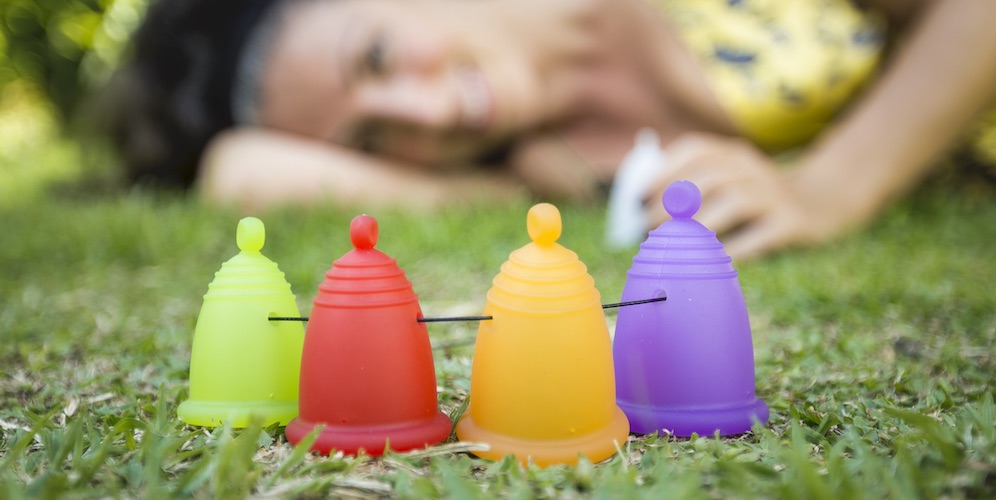If you are asking this question, then you are most likely between 45-50 years of age and you have noticed some changes in your menstrual cycle pattern and emotions. The medical definition of menopause is the cessation of menstrual periods and therefore, can only be diagnosed in retrospect.
A general rule of thumb is that if you are over 45 years of age and have not had a period for 12 months, they are probably finished. Most Australian women reach menopause between the age of 45-55 years, with the average age being 51 years. However, there is considerable variation and some women may reach menopause in their early 40′s, whilst others will continue to menstruate until their late 50′s.
A long term study of Australian women called The Melbourne Women’s Midlife Health Study, tracked over 400 women through this phase. They found that if you have had at least 3 months without menstruating, then your last period will probably come within the following year. It is rare for menopause to be experienced as a single biological event, where a women simply stops menstruating with no changes or warning signs.
Most women will experience a transition phase, that can range anywhere between 2-10 years. The word “menopause” tends to be used in reference to the physical and emotional changes that occur during this transition. However, I have observed that there are 3 distinct phases to this transition, with specific needs in terms of management and support.
1. First Phase [Peri-menopause]
Changes to menstrual regularity and emotions/moods are noticed and can span several years.
2. Second Phase [Climax]
Symptoms pick up speed and climax, the “melt down” phase. This is the stage at which most women present to me in clinic for the first time.
3. Third Phase [Post-Menopausal]
Menstruation ceased at least 12 months ago, but there is still some hormonal shifting and adapting occurring. In this post we will take a look at the first phase and the types of signs and symptoms you mat experience. However, this can vary widely from women to women and there really is no “normal” pattern.
Signs and Symptoms Of Early Peri-Menopause
The signs and symptoms of the early peri-menopause phase it still it in minutes. Ultimately are a result of fluctuating hormone levels and erratic ovulation, rather than oestrogen deficiency. In many ways this is not dissimilar to the changes that occur at puberty and the onset of menstruation. Possible changes that you may experience are :
- Irregular menstrual cycles, most commonly this begins with shortened cycles and progresses to longer intervals between your periods.
- PMS symptoms may arise, worsen or seem to last longer, ie. PMS that does not stop.
- Sleep disturbances and in particular frequent waking.
- Uterine fibroids may be aggravated by the fluctuating hormone levels. Uterine fibroids are more common in women over 40, but often disappear after menopause.
- Changes to your sexual desire/libido.
- Fatigue
- You may notice changes to your cervical mucus. At time you may produce copious amounts of clear watery mucous [fertile mucous], that may even run down your leg. This will be in response to high levels of leutinizing hormone [LH] as your body is attempting to stimulate ovulation. As oestrogen levels decline your mucous will tend to remain sticky or pasty [infertile mucous], most of the time. However, if you are using oral contraceptives, then your cervical mucous will always be of the “infertile” type as this is one of the ways in which they prevent conception. Hot flushes generally do not occur until approximately 1-2 years before cessation of menstruation and are more prevalent after menstruation has ceased.
Start Taking Care Of Yourself Now
A 9 year study involving Australian born menopausal women, concluded that a women’s prior level of health was the most significant predictor of her post-menopausal health status. The message here is that ideally health promoting lifestyle and dietary strategies should be in place before the onset of menopausal symptoms.
3 Crucial Lifestyle Practices To Have In Place In Your 40′s
- Have at least 3 cups of vegetables daily and include phytoestrogen rich plants such as seaweed, lentils, kidney beans, broccoli, kale, berries and pomegranate.
- If you are not exercising regularly, find some form of exercise you enjoy and get in the habit of regular exercise now.
- Find ways to manage and reduce your stress levels ie. yoga, meditation, support and community groups and delegate some household duties to your kids and partner. You don’t have to be super goddess!



